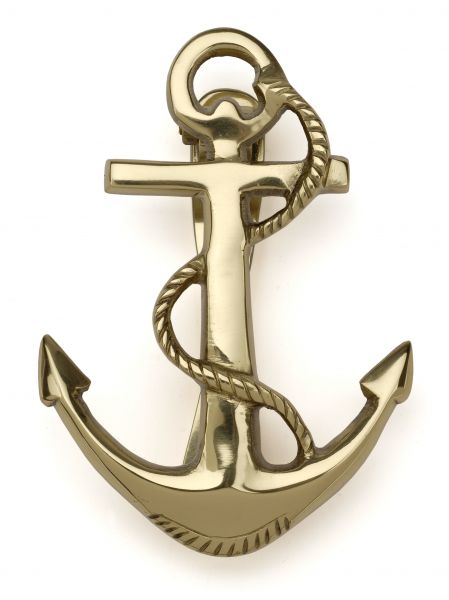ANCHOR PLASTER
INFORMATION - Did you know?
Stucco - Also called lath and plaster or Portland cement may be called one or the other, but on exterior systems they all have the same components. They include a vapor barrier, expanded metal lath, casing bead around all terminations, control joints, Portland cement stucco mixture and a finish coat.
Control Joints - They do not prevent cracking in stucco. They provide grounds to allow the plasterer to have a guide when leveling the stucco application process.
Hairline Cracking - It is considered normal and do not compromise the integrity of the wall. They are an aesthetic issue only. When we are asked to touch up a hairline crack one should expect the touch up to look worse than hairline crack.
Weep Screeds - Which is a metal casing bead with small holes used to supposedly allow moisture to pass through is a joke that somehow has made it into most building codes today. First of all, when the cement scratch coat and level are applied, the weep holes are immediately filled in. Second, water does not pass through stucco anyway, so water will never "weep" out.
Finish Coats - Most finish coats used over stucco today are acrylic based, integrally colored with various aggregates to achieve a specified color and texture. We use Dryvit brand finish coats because they are superior in quality to other what we call "off the wall" brands. A high quality finish coat will hold its original color for many years. Over a period of time, the elements (rain, wind, dust, etc) will literally dissolve and leave aggregate exposed and it can become very unsightly. Sure, some of the other brands are cheaper but you get what you pay for.
EIFS - Stands for Exterior Insulated Finish System. See the report that we posted called "Best cladding for any home" in the information section where it is shown why EIFS is the superior exterior cladding system. For residential purposes over wood frame homes, systems of today called moisture drainage systems consist of a vapor barrier, insulation board, acrylic base coat and mesh, and acrylic based finish coat. These systems have a drainage track (that really works) or a corrugated drainage strip at the bottom to allow any incidental water to pass through and out.
Myth - Good stucco, bad EIFS. WRONG! Almost every repair we make to a stucco system with moisture damage to the substrate and/or the framing is caused by a flashing issue or a caulking issue. Most of the rest of the problems have been other failed components such as failed window components and failed decks or balconies.
Advantages of EIFS: Additional thermal protection saving the consumer significant heating and cooling costs. 1" of EIFS has approximately a R value of 5.
Less Cracks - Due to the high stretch factor of EIFS cracks are rare, but can happen with extreme movement of the wall.
Testing of EIFS can be easily inspected by a trained inspector to locate problem areas without having to cut inspection holes, and can easily be repaired to original condition. Brick cannot be tested but has the same problems as an EIFS system can have for the same reasons, except for one thing…one cannot tell a brick home has a leak until it makes its way into the house and/or generally causes major structural problems costing much more to repair.
Fact - Brick almost always can never be removed and replaced without the repaired area being obvious. Yes, brick homes have problems too.


